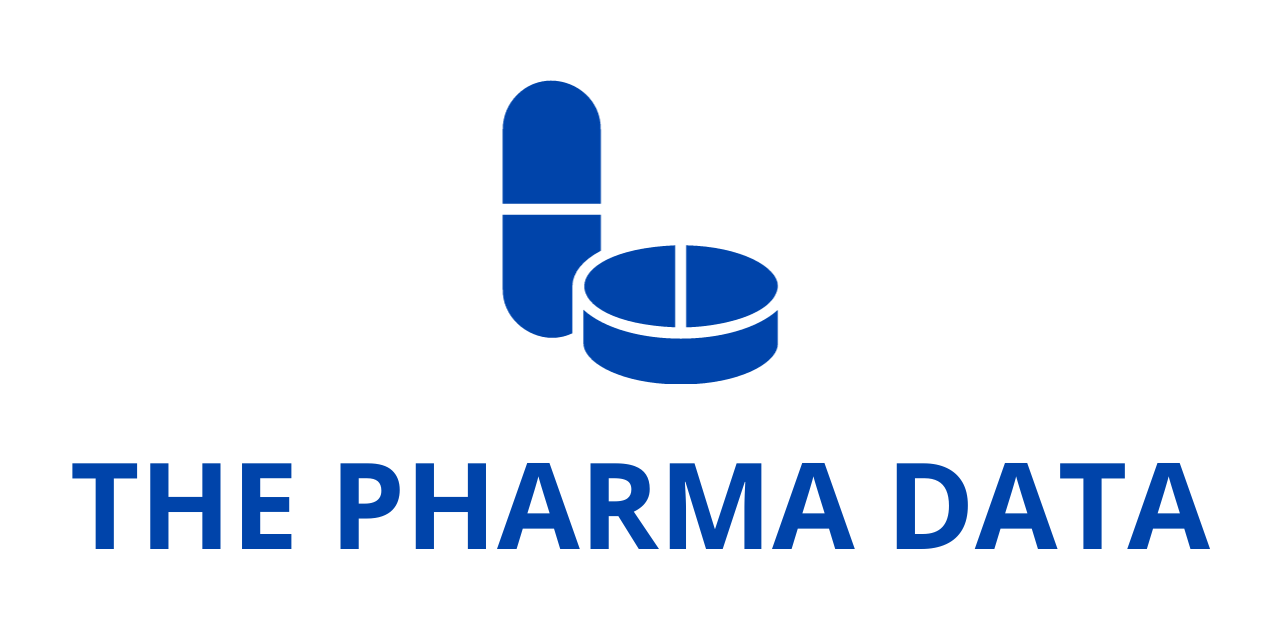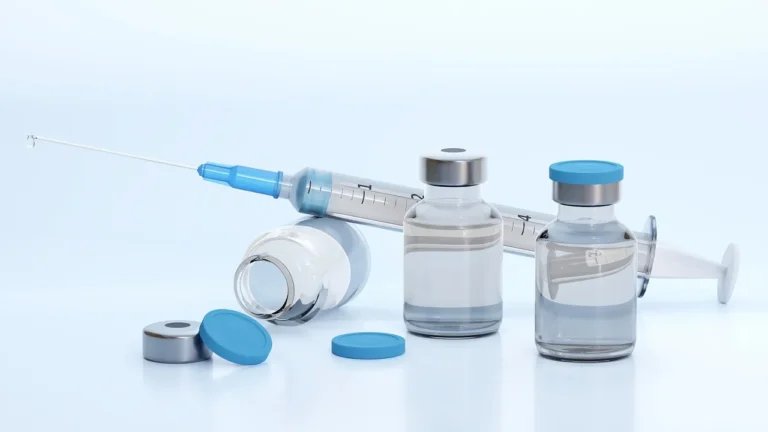
I-Mab Presents Positive Phase 1b Data for Givastomig in Combination with Nivolumab and Chemotherapy in 1L Gastric Cancer at ESMO GI 2025
I-Mab (NASDAQ: IMAB), a U.S.-based global biotechnology company focused on the development of precision immuno-oncology therapies, has unveiled encouraging results from a Phase 1b clinical study evaluating its investigational bispecific antibody, givastomig, in combination with nivolumab and mFOLFOX6 chemotherapy, in patients with previously untreated (1L) Claudin 18.2-positive gastric cancers. The findings were presented at the European Society for Medical Oncology Gastrointestinal Cancers Congress 2025 (ESMO GI 2025) in Barcelona (Abstract #388MO).
Overview of the Study and Drug Candidate
Givastomig is a bispecific antibody targeting Claudin 18.2 and 4-1BB, designed to activate T cells selectively in the tumor microenvironment. The Phase 1b study (NCT04900818) was conducted exclusively in the United States and focused on patients with advanced, metastatic HER2-negative, Claudin 18.2-positive gastric, gastroesophageal, or esophageal adenocarcinomas. All enrolled patients had tumors with ≥1+ IHC staining intensity in ≥1% of tumor cells.
The primary objective of the study was to assess safety, with secondary assessments including preliminary anti-tumor activity and pharmacokinetics (PK). The trial included a dose escalation component across three dosing levels: 5 mg/kg, 8 mg/kg, and 12 mg/kg.
Key Efficacy Findings
As of the May 15, 2025 data cutoff, 17 patients were treated and all were evaluable for efficacy. Results from the dose escalation study revealed a confirmed objective response rate (ORR) of 71% (12/17) across all dose levels. Notably, in the cohorts selected for dose expansion (8 mg/kg and 12 mg/kg), the ORR was 83% (10/12). The disease control rate (DCR) was 100% across all dose levels.
Importantly, responses were seen across a range of PD-L1 and Claudin 18.2 expression levels:
- PD-L1 ≥5%: ORR 82% (9/11 overall); 89% (8/9 in expansion cohorts)
- PD-L1 <5%: ORR 50% (3/6 overall); 67% (2/3 in expansion cohorts)
- CLDN18.2 ≥75%: ORR 67% (8/12 overall); 78% (7/9 in expansion cohorts)
- CLDN18.2 <75%: ORR 80% (4/5 overall); 100% (3/3 in expansion cohorts)
Additionally, eight patients remained on treatment as of the cutoff date, with the longest treatment duration reaching 13.3 months and a median follow-up of 9.0 months, indicating potential durability of response.
Safety and Tolerability
The givastomig combination regimen demonstrated an encouraging safety profile. The most common treatment-related adverse events (TRAEs) were Grade 1 or 2, including nausea, fatigue, decreased appetite, diarrhea, and abdominal pain. Importantly:
- No dose-limiting toxicities (DLTs) were observed.
- A maximum tolerated dose (MTD) was not reached.
- Only one Grade 3 TRAE was attributed to givastomig (increased liver enzymes).
- Other Grade 3 TRAEs were rare, and included isolated cases of abdominal pain, gastritis, and infusion reactions.
- There were no Grade 5 TRAEs.
Instances of Grade 3/4 neutropenia were reported, largely attributed to mFOLFOX6 and early limitations on G-CSF prophylaxis, which have since been lifted.
Mechanistic Insights and Biomarkers
Pharmacokinetic analysis showed dose-dependent profiles consistent with monotherapy data. The study also demonstrated a dose-dependent induction of soluble 4-1BB, a pharmacodynamic marker indicating T cell activation and immune engagement, underscoring the mechanism of action of givastomig in stimulating antitumor immune responses.
Expert Perspectives
Dr. Phillip Dennis, Chief Medical Officer at I-Mab, commented on the clinical significance of the findings:
“These Phase 1b results bolster our belief in givastomig’s potential as a best-in-class Claudin 18.2-targeted therapy. The high response rates, even among patients with low PD-L1 or Claudin 18.2 expression, highlight the broad applicability of this treatment. The tolerability profile and pharmacodynamic signals further support its continued clinical development.”
Dr. Samuel J. Klempner, Associate Professor of Medicine at Massachusetts General Hospital and a principal investigator in the study, added:
“These early results are very promising. While targeted therapies exist, effective options in gastric cancer remain limited. Givastomig’s combination regimen shows high response rates and manageable side effects — particularly important in gastrointestinal oncology. I look forward to continuing my involvement in this exciting program.”
Next Steps and Investor Engagement
I-Mab has initiated a Phase 1b dose expansion study using the selected 8 mg/kg and 12 mg/kg doses. The company plans to explore broader applications of givastomig across various gastric cancer settings, including earlier lines of therapy and different biomarker-defined subgroups.
To further engage stakeholders, I-Mab will host a virtual investor event on Tuesday, July 8th at 2:00 PM EDT to discuss the data in detail. Registration is open via the company’s website. A fireside chat, moderated by Dr. Christopher Liu of Lucid Capital Markets, will also be held today at 2:00 PM EDT. Both events will be available for replay for 90 days.




